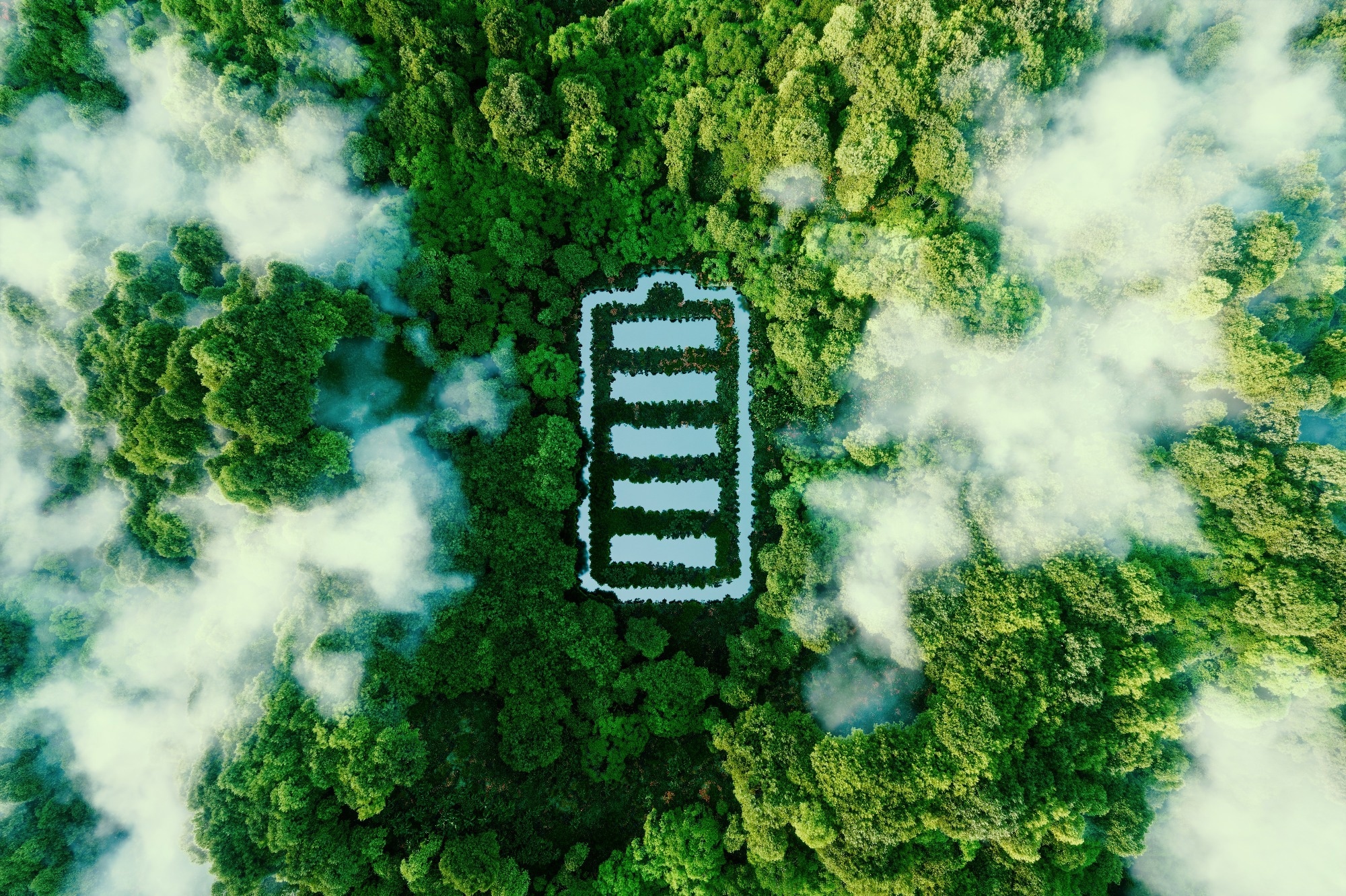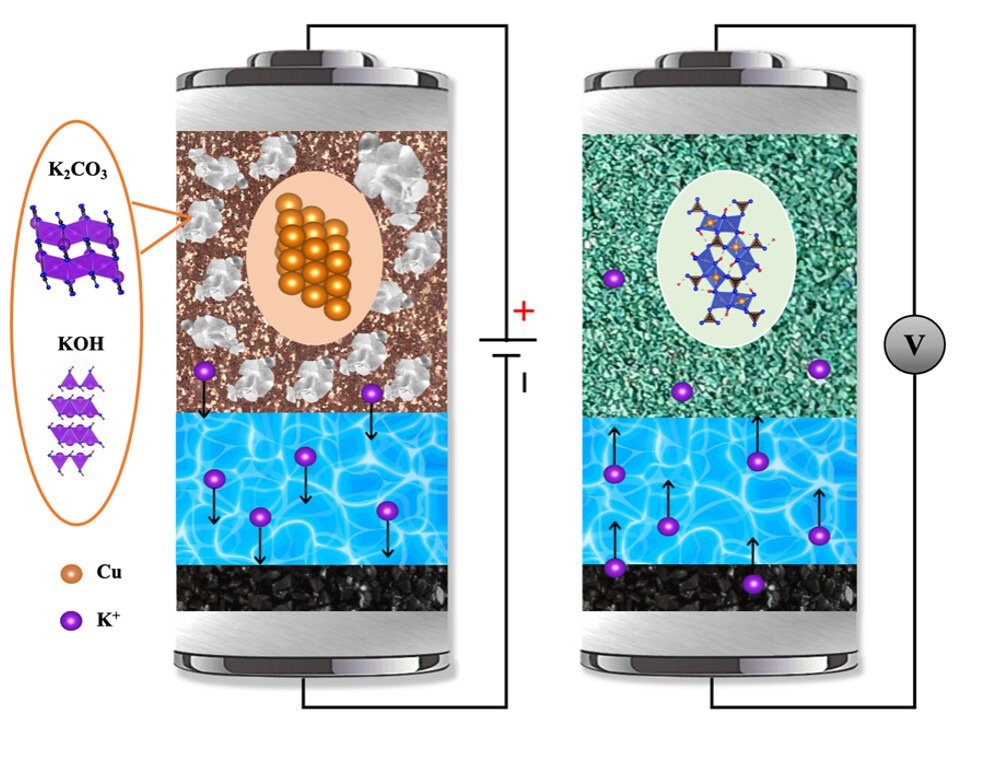
Image Credit: Shutterstock.com/petrmalinak
Thus, moving towards the development of more sustainable batteries and protecting the management of resources and materials used in production is a key part of tackling climate change.
Due to the increased popularity of electric vehicles, the transport sector, in particular, is driving the demand for lithium-ion batteries (Li-ion).
With five times more electric car models available globally in 2021 compared to 2015, the number of models available from major automotive manufacturers reached 450 by the end of 2021.2 This means the demand for key materials used for the cathodes in the batteries, such as cobalt and nickel, has dramatically increased.
"It is predicted that there will be shortages of both elements in a matter of just decades, which means there is a pressing need to invent an alternative rechargeable battery chemistry that does not involve rare elements and potentially provides a higher energy density as well."
Xiulei “David” Ji, Professor of Chemistry at Oregon State University (OSU)
Ji will lead a team of researchers from Oregon State University, Howard University, the University of Maryland, and Vanderbilt University, as part of a project that has received $3 million from the U.S. Department of Energy to lead the development of a new, high-energy-density battery that uses sustainable materials and elements and reduce dependence on rare earth elements.
Cations and Anions
While there are several ways to construct and assemble batteries, with many different types on the market, they all work in the same fundamental manner with similar components: two electrodes; the anode and the cathode.
The anode acts as the negative or reducing electrode that is responsible for releasing electrons to the external circuit, while the cathode’s job is to act as the positive or oxidizing electrode that receives electrons from the external circuit.
As well as the anode and cathode, all batteries contain an electrolyte - the medium that separates the two electrodes while facilitating the flow of ions between them.
In a Li-ion battery, the working ions are known as the cations, which are positively charged atoms or molecules that are missing at least one electron. Anions can also be used as the working ions in a battery; in contrast to the cation, these are negatively charged atoms or molecules that have at least one extra electron.
"There are fewer known materials that can store anions reversibly than for storing cations… Reversible means the battery can be recharged, like the one in an electric vehicle. The anion-storage batteries will potentially shift the paradigm of the battery industry. Anion batteries can be more sustainable because they do not need cobalt or nickel in the electrodes."
Xiulei “David” Ji, Professor of Chemistry at Oregon State University (OSU)
Through the development of anion-based batteries, Ji and his team of researchers believe that they can improve the sustainability of battery technology as they can function on the same principles as cation-based batteries - without the need for rare earth materials.
Cost-Effective, Sustainable MaterialsProducing more cost-effective and sustainable anion batteries is only doable thanks to the ability to manufacture electrodes from economical materials and elements such as copper or carbon.

The figure shows that copper can serve as an electrode for hosting anions in reversible battery reactions. Image Credit: Xiulei "David" Ji, OSU College of Science
Anion-storage batteries also have the capacity to deliver energy densities equivalent to that of Li-ion batteries currently on the market. Furthermore, the team believes that the technology can be applied to other battery types, including sodium-ion, magnesium-ion and zinc-ion batteries.
"Our goal is to reveal the mechanisms behind those batteries and to understand the limiting factors in anion battery reactions."
Xiulei “David” Ji, Professor of Chemistry at Oregon State University (OSU)
“We also want to generate fundamental knowledge about the conditions and battery constituents that will allow anion-hosting batteries to deliver high energy density with a stable cycling life,” Ji continues.
The team hopes that these advances in anion-based battery technology could improve existing battery technologies while delivering high-energy capabilities that could usher in a new wave of clean energy solutions, helping society move towards more sustainable battery production.